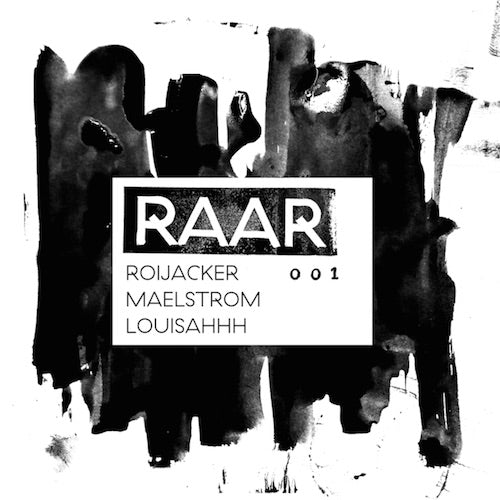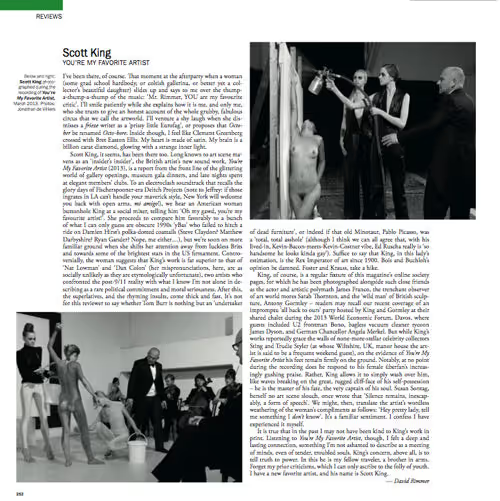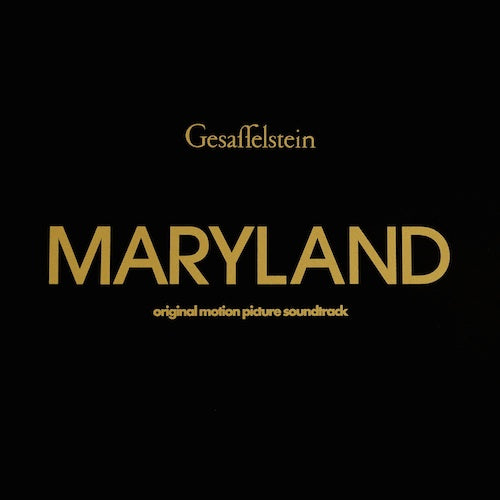
Label Dive: Ghostly International
In Label Dive, we take a look at labels–big and small–that have been bringing top-quality vinyl releases to fans across the world.
Since its foundation in 1999, Detroit-based record label Ghostly International has consistently delivered thoughtful releases across the electronic spectrum and beyond.
Founded by Sam Valenti IV from his Michigan dorm room, Ghostly Internationally has grown massively over the years, now encompassing two sub-labels–the eponymous Ghostly and dance imprint Spectral Sound. Boasting releases from the likes of Galcher Lustwerk, Julie Byrne, Mary Lattimore and Whatever The Weather, Ghostly has also successfully developed a striking visual merchandising identity, collaborating with brands including Carhartt and Vans.
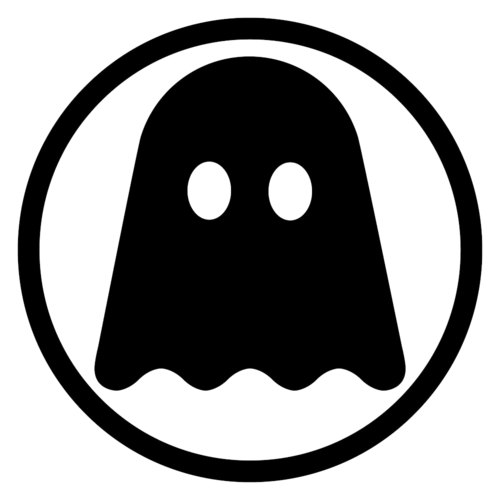
Across a period where many labels have come and gone, Ghostly is one of the most recognisable names in electronic music–a shorthand of sorts for explorative and intriguing new music. When a new Ghostly record is announced, chances are it’s going to be one not to miss.
As the label approaches its 25th anniversary, VF sat down with Valenti to discuss the label’s history, surviving format changes and Ghostly’s visual universe.
What were the origins of Ghostly?
The label comes from record store culture in some ways, not necessarily that I was an employee in one but from growing up in the Detroit suburbs. It’s such a vibrant musical city and in the mid-late ’90s, it was a powerful record store hub.
Detroit radio comes from a tradition of multi-genre format, especially the DJ sets, which is rare for terrestrial radio. There would be live transmissions from the clubs and they’d have guest mixes on and you would hear what was being played, then go to the record store–Record Time, or Street Corner Music or Melodies & Memories. The DJs would work there, buy and sell vinyl, turn you on to the right records and turn you off the ones that weren’t so good and honed your taste.
The genesis of the label was Detroit DJs, radio and record store culture. I was going to raves–the last gasp of illegal raves in Detroit warehouses. Starting a label seemed very accessible because lots of labels were coming out of Detroit–many techno legends had their own imprints. So, putting out a record didn’t seem like too ambitious a feat. It seemed very logical, relatively accessible and attainable.
I went to college nearby and was DJing and met an artist my first week of school–Matthew Dear–who had just started DJing. Then I met another artist who went by Disco D, who was also DJing locally and even had a record out. I knew I wanted to do a label, so I kicked off a record with them [a split 12” titled Hands Up For Detroit, containing the sample that inspired Fedde Le Grand hit “Put Your Hands Up 4 Detroit”] and then started getting demos and whatnot.

How has the structure of Ghostly changed since those early days?
At the start, it was just me selling the records out of my car to local shops and trying to get distribution–real DIY. I slowly started bringing on a team in year two or three and, in 2020, we became an affiliate label of Secretly Group who also work with Jagjaguwar and Dead Oceans.
Secretly Distribution has built out our global network and helped us focus on expanding. It has been a turbulent 25 years, or at least the first 10, with the decline of CDs and piracy. Even vinyl struggled for a long time until it got its footing back a handful of years ago.
I look at it as a story of technology to some degree because we had to ride the death of physical for some time. With the growth of digital, illegal downloading, streaming and beyond, it’s like, “How do you market products and projects? How do you get artists out there?”. So much has changed. I feel like the principles are still the same, you just have to find different ways to get stuff out there.
In recent years during the vinyl resurgence, you’ve had projects like the first-time vinyl pressing of Galcher Lustwerk’s 100% Galcher. How has the vinyl resurgence impacted Ghostly?
It’s been great because a lot of the impetus for me starting a label was the visual side. I studied art history at school and like working with designers and going to museums and galleries.
A lot of the classic quintessential British Indie labels–4AD, Factory, Creation–are the best examples of how you create an image through packaging and design and I was scared for a while that we were not going to be able to commission art at the same level or make as elaborate packaging as we wanted to. It’s just nice that the medium has been stabilised.
People value vinyl not necessarily as an alternative but as a complement to streaming–they go well together. Our music must be available everywhere. Streaming, for all its faults, has created a more democratic system for independent artists, but vinyl is still how we’re judged in the market and how people perceive the label so we must get that right.
Ghostly works with an extremely varied collection of artists–is there an ethos overseeing who you collaborate with?
We‘ve expanded into a post-genre label, I like to think. In the early days when it was more electronic, it was always about, “Does the artist have a strong sensibility that cuts through the electronics?” or if it was instrumental music, “Can you hear the voice or the personality?”. Even though electronic is not the keyword as much anymore, I still think we’re trying to find people with a cinematic vision; people who can pack a lot of information into songs.
I don’t believe labels can make artists–it’s a misnomer. If it’s not working, it’s not working, it doesn’t matter how much money is being spent. Our job is to find projects that have energy and add value to that conversation with the artist as the lead. Artists who have the strongest perspectives tend to be the most beloved.

My introduction to the label was through a lot of the ambient and experimental music you’ve put out. How have you seen that scene change over Ghostly’s 25 years?
It’s an interesting one because it’s always been part of the DNA of the label since the beginning, as you mentioned. I think there was an Economist podcast recently about how ambient has crept into all corners of consciousness and it makes sense.
If you’re thinking about the canonical form of ambient as music, it’s supposed to work within your life–and I don’t think it’s a bad word–as background or as a tinting. I still like the idea of atmospheric music. It has to have character and I’m glad there’s a bigger audience for it now.
It feels like people understand it for what it is. It’s not lacking. It’s a specific way of thinking to and listening to music and it’s also a very international scene. For us, ambient remains a focal point, with Helios and Khotin, to some degree. We’ve worked with Geotic, the alias of Baths, Christopher Wilits. We even did the Minecraft soundtrack by C418 on vinyl–probably our best-seller.
Ambient is a really elegant type of electronic and I like that it’s not quite as niche anymore, but there are still so many interesting perspectives around it.
You’ve already touched on how visuals are a massive part of what you’re doing with artwork and your packaging, but Ghostly also has a strong line of clothing and other memorabilia. How did you end up going down that path?
It comes from a similar place. We have catalogue numbers for non-musical objects too. It’s less about merchandising and more about making a conversation around the products in front of you.

We started being able to do that more about 15 years ago with some collaborations with Warby Parker. Since then, we’ve done stuff with Vans and smaller brands and artists too. There’s a collector impulse, maybe similar to the record store thing, but I like to buy products from indie labels–a cool mug or tee or some ephemera that tells a story.
I feel like it’s helpful that you have a particularly iconic logo that looks great on everything.
Yeah, it’s also funny, you can post a picture of a new release and a hundred people like it and then a picture of a tote bag and a thousand people will. It’s not the reason to do it, but there’s something very immediate about a product that everyone understands and if it’s done well and it’s not distracting, I think it can augment the fan.
Do you have any stand-out memories from the first 25 years of Ghostly?
It goes in cycles because being a music fan certain things sound better with enough distance. For the 25th year, we’re doing some reissues. We just put one up of Recondite’s album Hinterland. We’re finishing one for Gold Panda–Lucky Shiner–which has a lot of emotion in it for me, it was so exciting to be part of a project that had a real. urgency to it. We’re also doing Matthew Dear’s Black City.
We’re looking at these releases as snapshots of maturity. Obviously, it’s the artist’s record, but it also reminds me of the team, our ideas or our mission at the time so it is a personal memory log of the label.

What do you think has been key to the longevity of Ghostly? The label has survived many wind changes over the last 25 years.
I have some survivor’s guilt because it is a hard industry to make it in. You have to be adaptive. A lot of my favourite labels didn’t adapt and lived and died in their time and I love that about them too.
It’s all of the moment. I remember being a bit nervous about the idea of everything being post-genre, but reading Jockey Slut or The Face or any of the big magazines from then, I would see how scenes would climb and then lose favour. We intentionally or unintentionally tried to diversify the musical offering and not get stuck in one trend.
It’s not just defensive. It’s also just because we like all these different kinds of music but we’ve been open to change and have still kept a root value and belief and kept in sync with our retailers, distributors and fans.
We’ve never been a consistent label as far as “if you see that logo, it means this” but people know the passion and intention are there.

Essential Ghostly records according to Sam Valenti IV
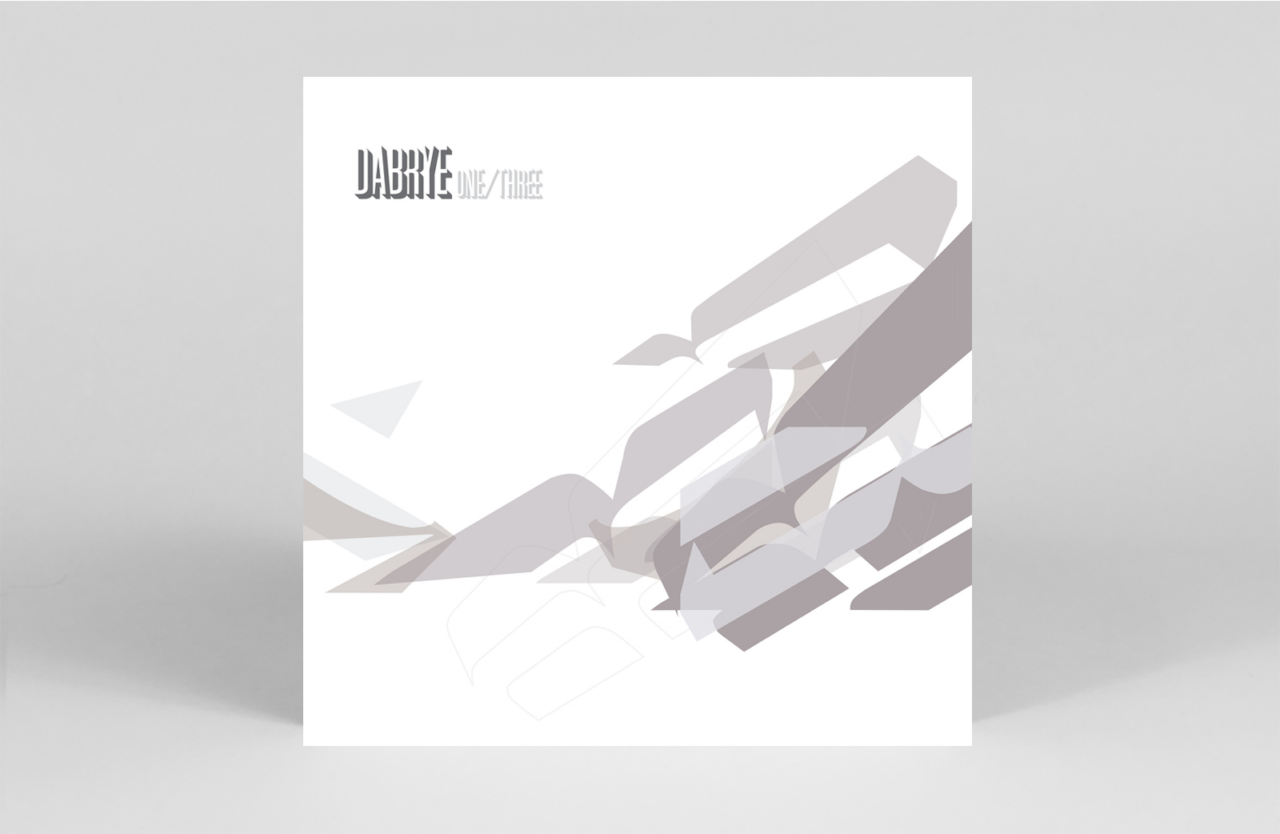
Dabrye
One/Three
One of the ones that helped us get out there. Tadd Mullinix gave me a tape meaning for me to check out the house/techno, but the busted hip-hop beats felt like the most urgent to start with. The Dabrye project allowed Tadd to collaborate with Dilla, Doom, Ghostface, and many others, so it remains a huge privilege to have the label be part of it.

Shigeto
No Better Time Than Now
Some albums just feel like huge leaps for an artist and Shigeto’s sophomore record is one of those. Finds his “Saturn’s return” moment, staring down real adulthood, fusing his worlds together into a really sublime record. Essential for me and many others.

Whatever The Weather
Whatever The Weather
We have been Loraine James fans for a minute, so when the opportunity to collaborate presented itself, it was such a gift. Loraine is an artist who grew up listening to artists on the roster like Geotic and Telefon Tel Aviv, so it’s a little surreal, but she found a space between IDM, ambient, and something new in the balance.
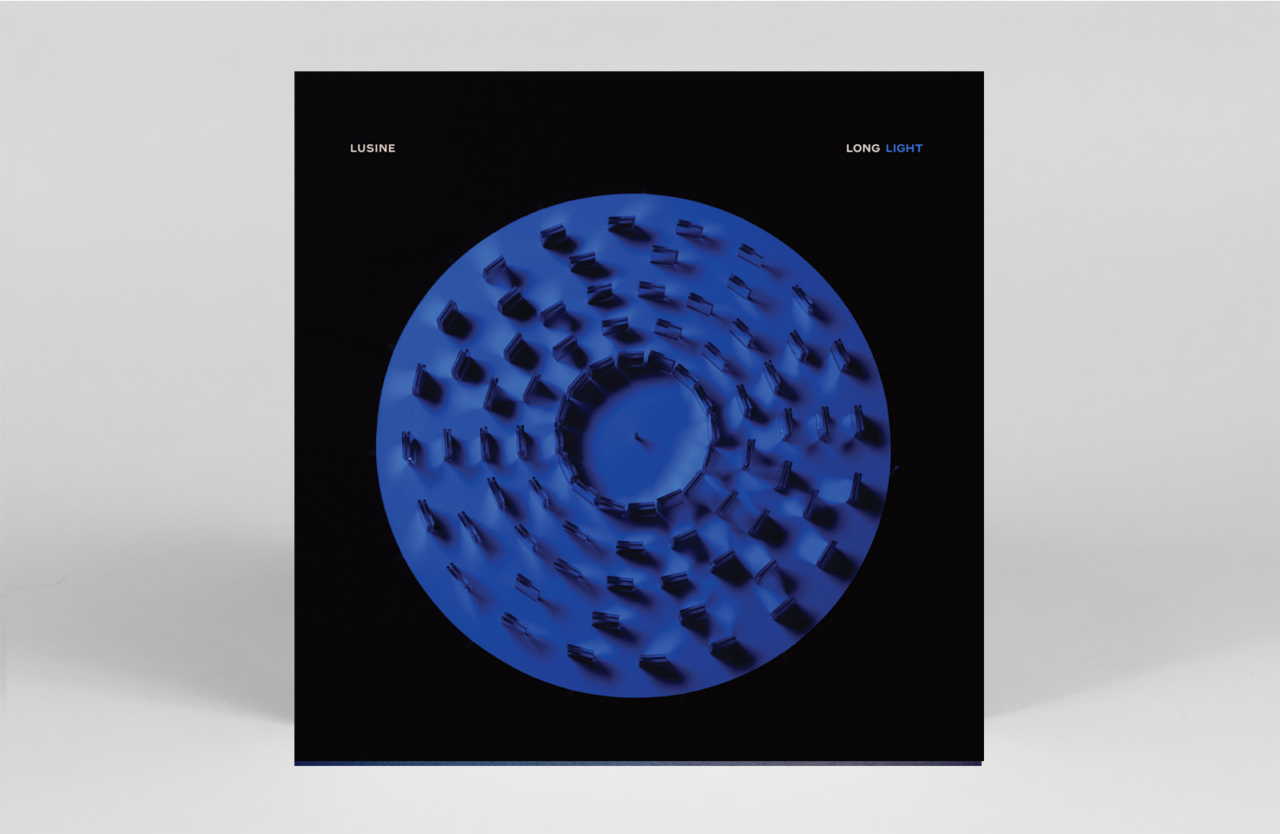
Lusine
Long Light
Lusine and Ghostly celebrated 20 years of working together with this album which shows how he keeps refining his sound and furthering his vision of experimental pop and electronics. It’s a huge gift to have these long relationships and get to watch this shared growth.

Bullion
Affection
I have wanted to work with Nathan for a long time, but good things take time. It’s exciting to hear an artist reach their potential, and Nathan has synthesized all his collaborative and production work into his own palette. The album reveals new things to me with each listen and it uses his collaborations with artists like Carly Rae Jepsen and Panda Bear in a novel way.
Read more: Diving into Be With Records

